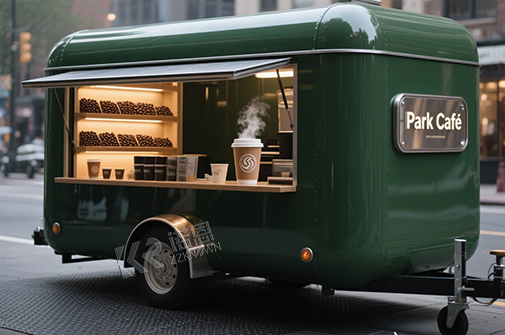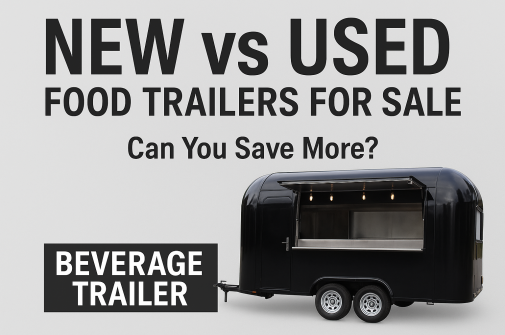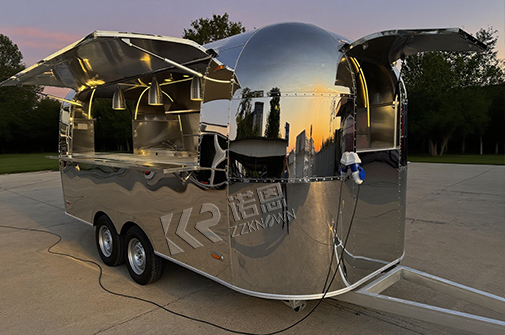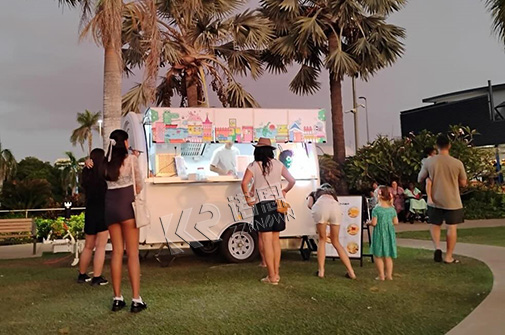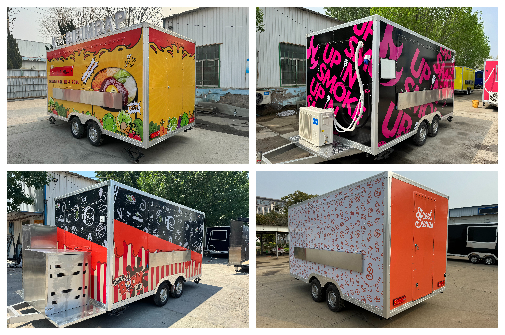In the last decade, mobile food businesses have exploded in popularity. Whether it's a coffee trailer parked near a busy office district, a churros stand at a festival, or a full-fledged gourmet food trailer serving meals on the go, entrepreneurs around the world are realizing the potential of mobility. Compared to traditional brick-and-mortar restaurants, food trailers offer lower investment, higher flexibility, and faster returns — making them one of the smartest business models for 2025 and beyond.
But with so many food trailers for sale on the market, how do you choose the right one? Should you buy new or used? What size and equipment do you need? And where can you find a reliable manufacturer who delivers both quality and customization?
This guide will walk you through everything you need to know — from size selection and equipment configuration to cost benefits and manufacturer recommendations, including why ZZKNOWN, a leading Chinese food trailer factory, is trusted by thousands of entrepreneurs worldwide.
Before investing in a trailer, you need to define your business concept. The type of food you plan to sell directly determines the design, equipment, and size of your food trailer.
For example:
Hot food vendors (like fried chicken, burgers, noodles, or stir-fry) require gas pipelines, ventilation systems, and stainless-steel cooking areas.
Dessert and bakery trailers (selling cakes, waffles, or croffles) need refrigeration, display cabinets, and attractive lighting.
Drink or coffee trailers need sinks, water supply systems, refrigerators, and power outlets for coffee machines and blenders.
Your trailer should support your operational flow — from food prep to service — while complying with local health and safety standards.
Size is one of the most important factors when buying a food trailer for sale. Too small, and you'll struggle with storage and workflow; too large, and mobility becomes difficult and costly.
Here's a general guide:
| Trailer Length | Ideal For | Advantages |
|---|---|---|
| 3m – 3.5m | Entry-level startups, small coffee or snack trailers | Easy to tow, cost-effective, fast setup |
| 4m – 4.5m | Medium food businesses, hot food or combo trailers | Balanced between space and mobility |
| 5m – 6m | Full-service kitchens or multiple staff operations | Large prep area, supports full menu cooking |
| 6m+ | High-volume catering or event-based trailers | Maximum equipment capacity and storage |
